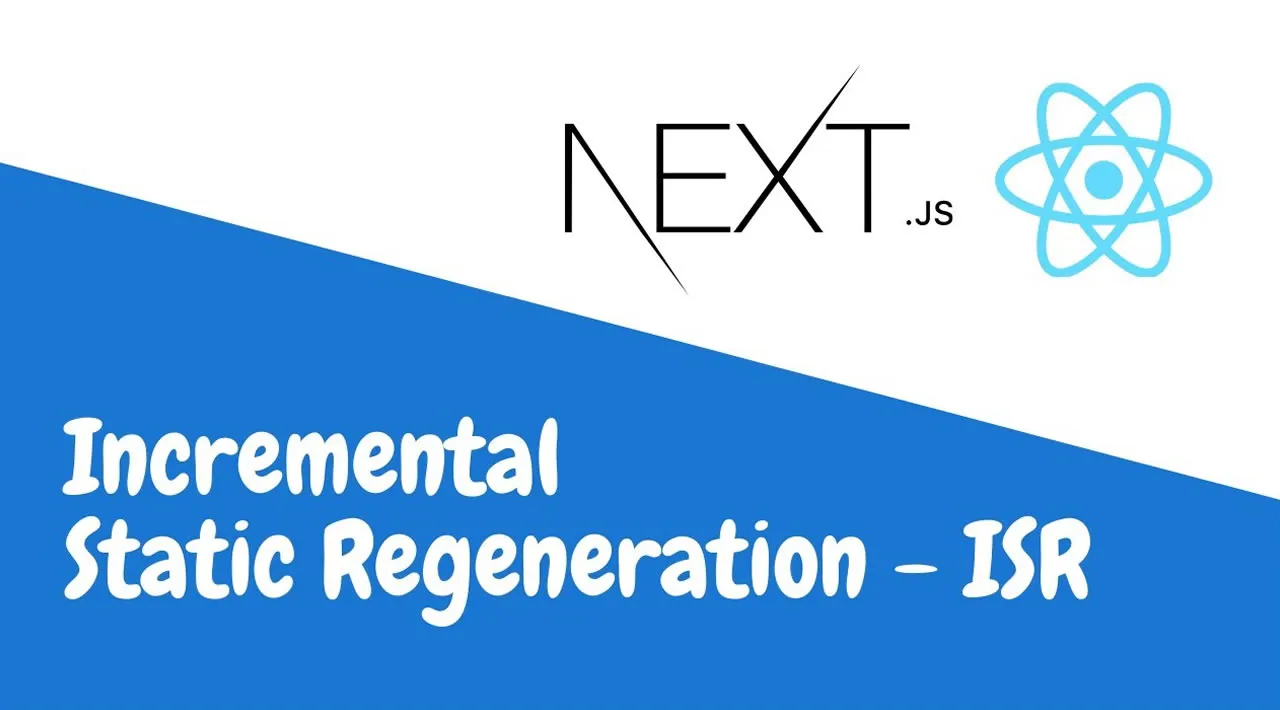Incremental Static Regeneration (ISR) is a new evolution of the Jamstack, allowing you to update static content instantly without needing a full rebuild of your site. The hybrid approach of Next.js allows you to use ISR for e-commerce, marketing pages, blog posts, ad-backed media, and more.
A year ago, Next.js 9.3 released support for Static Site Generation (SSG) making it the first hybrid framework. I’d been a happy Next.js user for about a few years at this point, but this release made Next.js my new default solution. After working with Next.js extensively, I joined Vercel to help companies like Tripadvisor and Washington Post as they adopt and scale Next.js.
In this article, I’d like to explore a new evolution of the Jamstack: Incremental Static Regeneration (ISR). Below you’ll find a guide to ISR — including use cases, demos and tradeoffs.
The Problem With Static-Site Generation
The idea behind the Jamstack is appealing: pre-rendered static pages which can be pushed to a CDN and globally available in seconds. Static content is fast, resilient to downtime, and immediately indexed by crawlers. But there are some issues.
If you’ve adopted the Jamstack architecture while building a large-scale static site, you might be stuck waiting hours for your site to build. If you double the number of pages, the build time also doubles. Let’s consider Target.com. Is it possible to statically generate millions of products with every deployment?
The Problem with Static-Site Generation: Because build-times scale linearly with the number of pages, you might be stuck waiting for hours for your site to build. (Large preview)
Even if every page was statically generated in an unrealistic 1ms, it would still take hours to rebuild the entire site. For large web applications, choosing complete static-site generation is a non-starter. Large-scale teams need a more flexible, personalized, hybrid solution.
Content Management Systems (CMS)
For many teams, their site’s content is decoupled from the code. Using a Headless CMS allows content editors to publish changes without involving a developer. However, with traditional static sites, this process can be slow.
Consider an e-commerce store with 100,000 products. Product prices change frequently. When a content editor changes the price of headphones from $100 to $75 as part of a promotion, their CMS uses a webhook to rebuild the entire site. It’s not feasible to wait hours for the new price to be reflected.
Long builds with unnecessary computation might also incur additional expenses. Ideally, your application is intelligent enough to understand which products changed and incrementally update those pages without needing a full rebuild.
#next #react #javascript #jamstack

